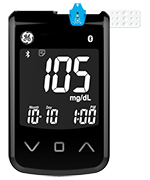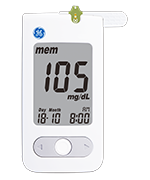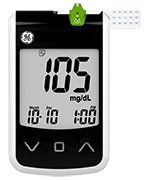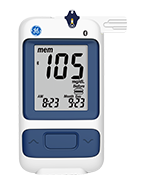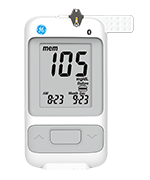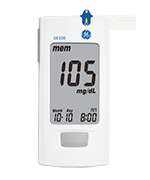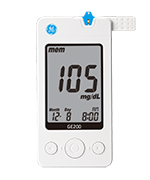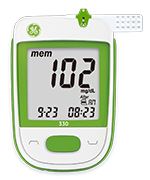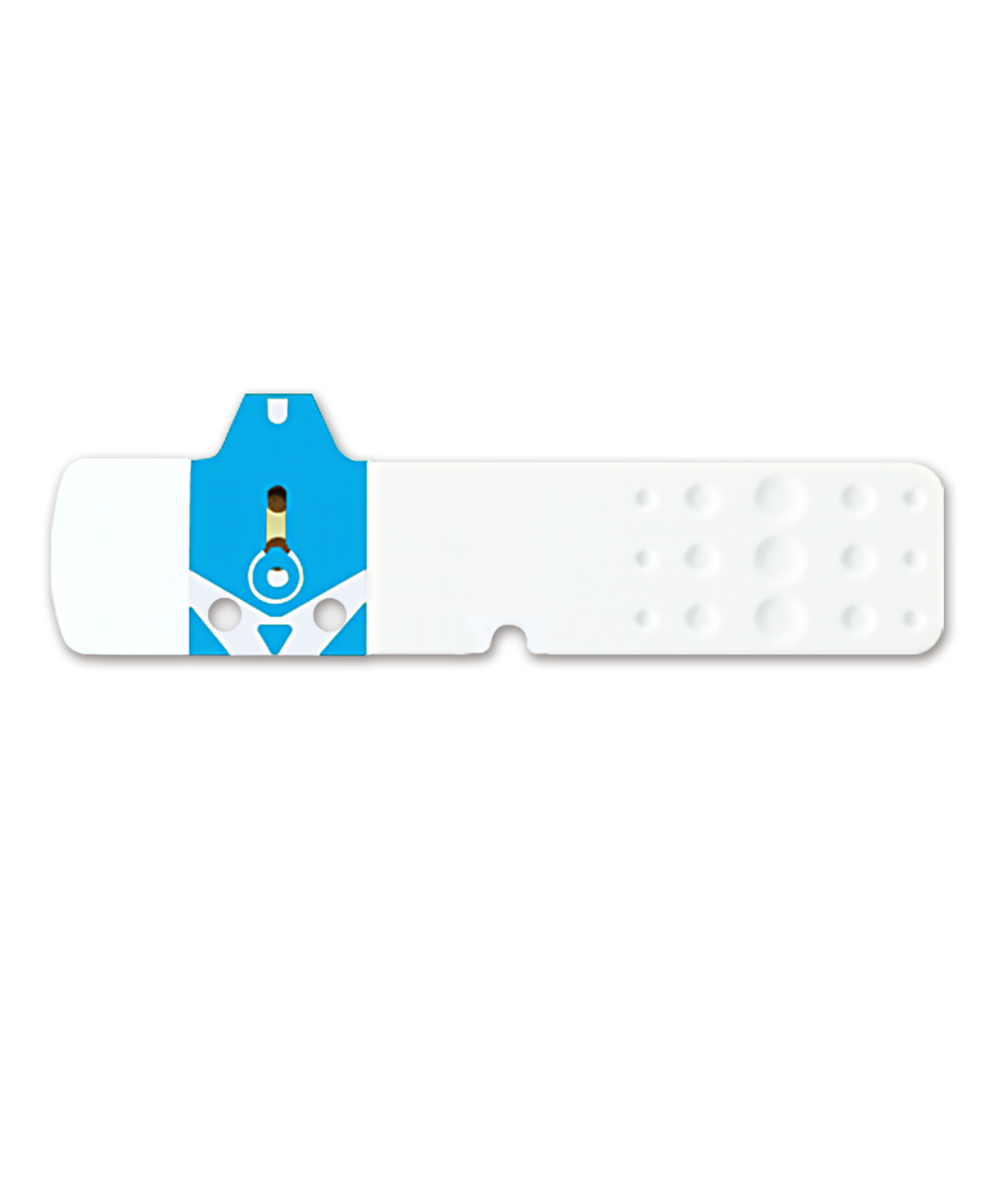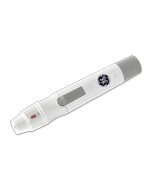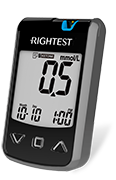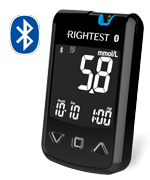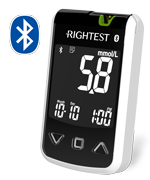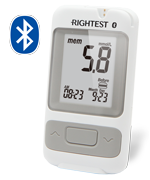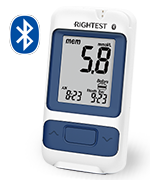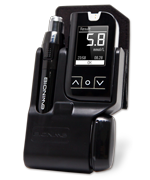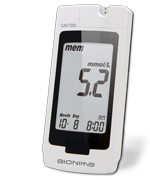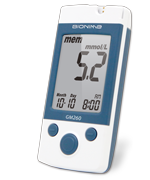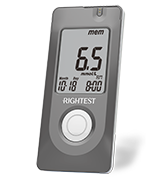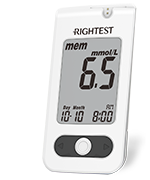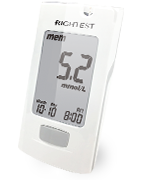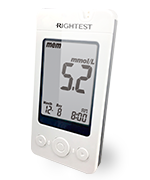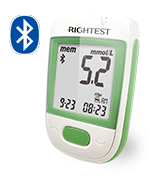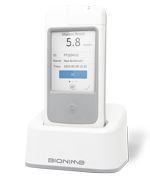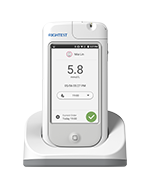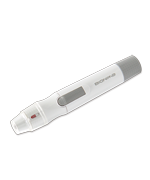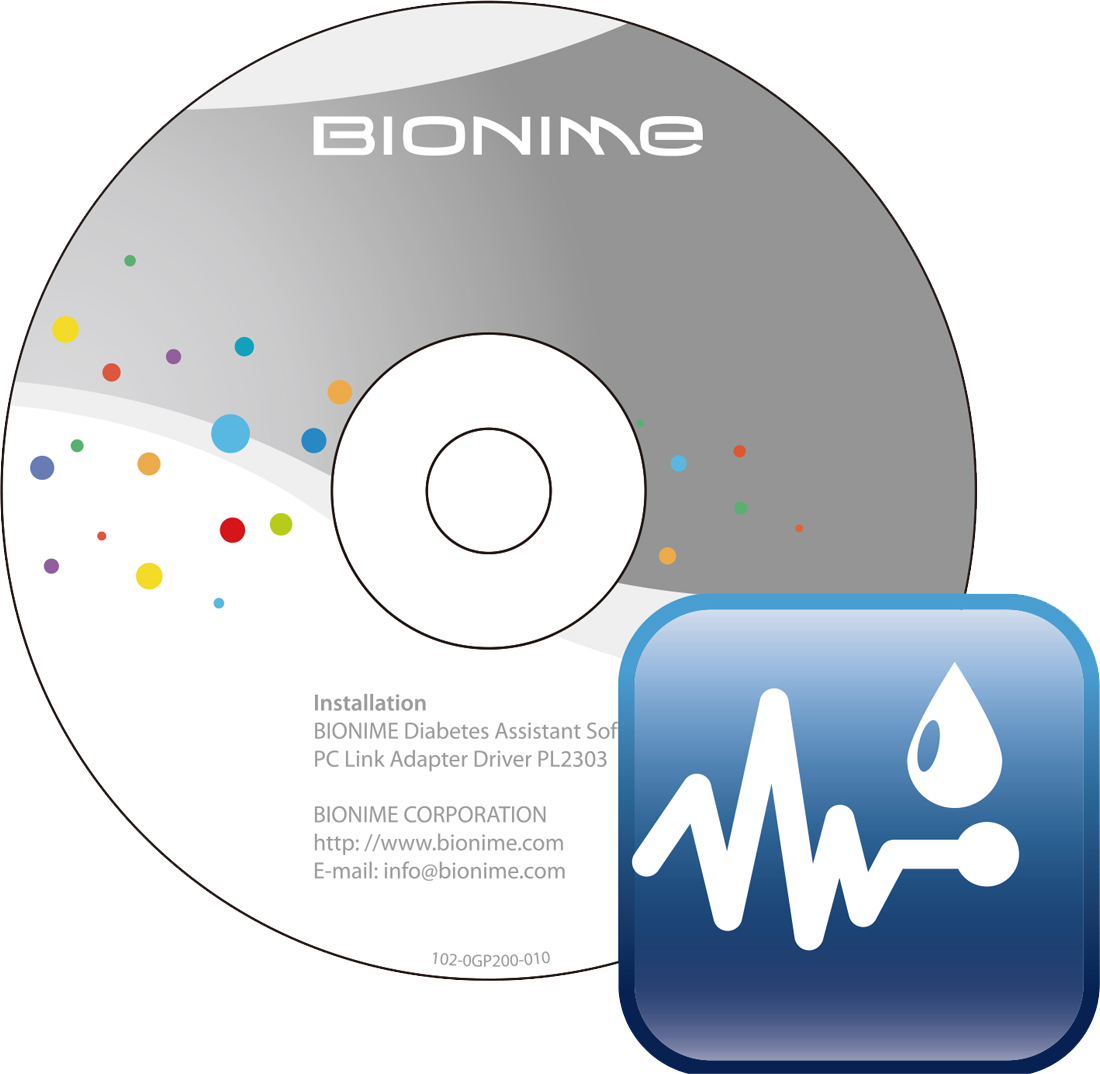Hyperglycemia: Symptoms and Treatment
Hyperglycemia: Symptoms and Treatment
Due to a lack of insulin and insulin resistance, people with diabetes can be at risk of blood sugar rising too high. This is known as hyperglycemia. Symptoms of hyperglycemia include thirst, frequent urination, blurred vision, weakness and headaches. Hyperglycemia symptoms can build up slowly over several days or weeks. You may able to lower blood sugar by exercising. However, check you glucose level first. If you're level is above 240mg/dL (13.3mmol/L) check for ketones in your urine. Do not exercise if you have ketones - this could raise your blood sugar even higher.
What to do
What to do
Monitor your blood glucose levels frequently.
Contact emergency medical assistance you are unable to keep food or liquid down or if your glucose levels are peristently above 240mg/dL and you have ketones in you urine.
Make a appointment to see a doctor if you have diarrhea or vomiting but are managing to keep some food or drink down, if you have a fever lasting over 24 hours, if after taking your medication your level remains above 240mg/dL or if you are struggling to stay within your target glucose range.

Contact emergency medical assistance you are unable to keep food or liquid down or if your glucose levels are peristently above 240mg/dL and you have ketones in you urine.
Make a appointment to see a doctor if you have diarrhea or vomiting but are managing to keep some food or drink down, if you have a fever lasting over 24 hours, if after taking your medication your level remains above 240mg/dL or if you are struggling to stay within your target glucose range.

| Source | | American Diabetes Association |
| Mayo Clinic |
Was this article useful?


